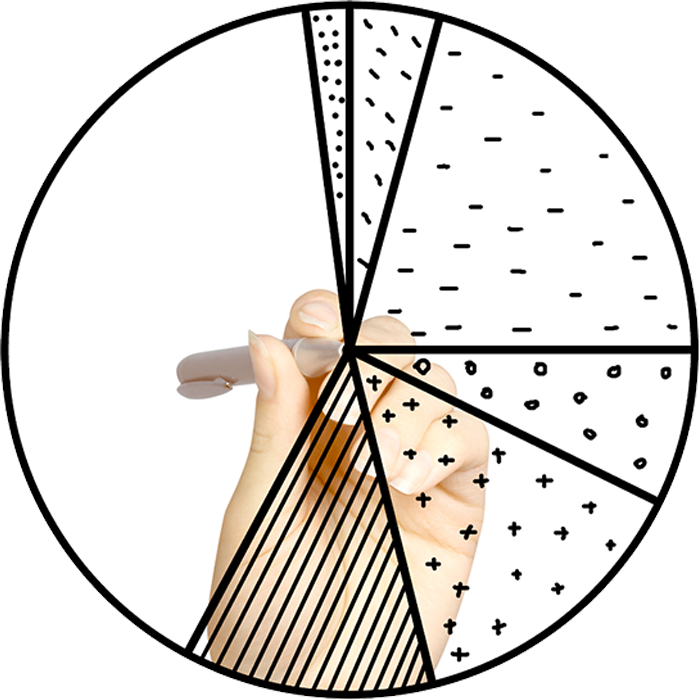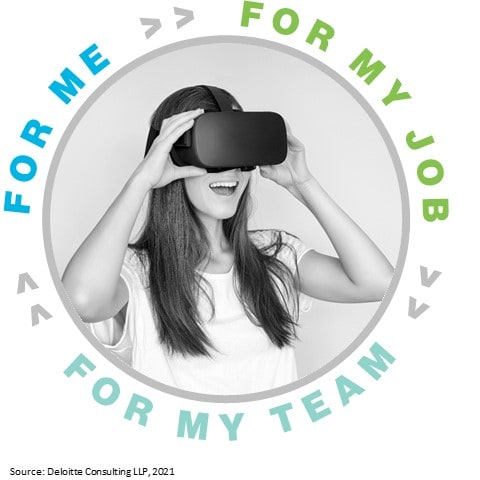Reimagining digital workplace experience to drive productivity has been saved

Close

HR Executive Webinar
View this on-demand recording featuring Deloitte Leaders on on new strategies for reimagining the Digital Workplace.
false

Close

The future of work
CREATE A DIGITAL WORKPLACE FOR THE HYBRID WORKFORCE
false

Close

Maintaining culture in a virtual environment
WHO ARE WE WHEN WE WORK FROM ANYWHERE?
false

Close

Close

Productivity in a Work from Anywhere world
HOW TO EVALUATE REMOTE WORKER PRODUCTIVITY POST-PANDEMIC
false

Close

Rebooting the digital workplace
DRIVE NEW WAYS OF WORKING REMOTELY AND IN THE OFFICE
false












